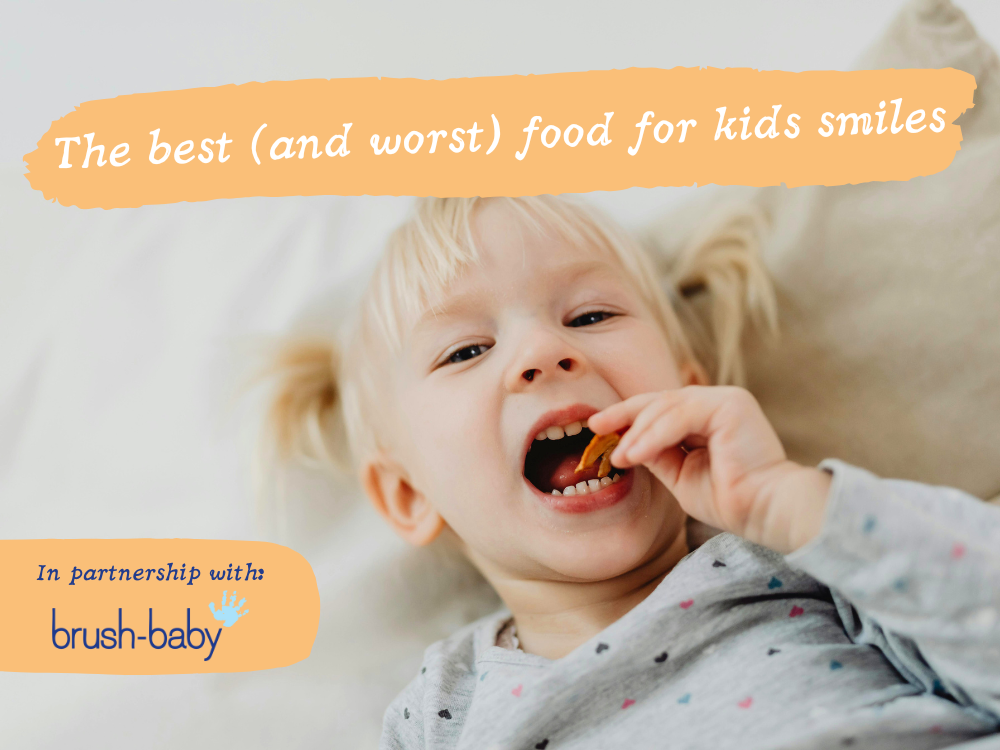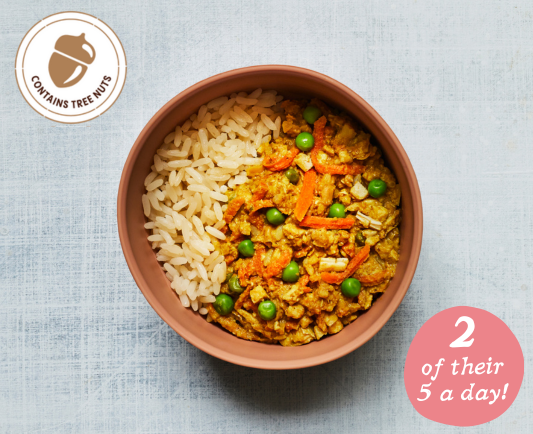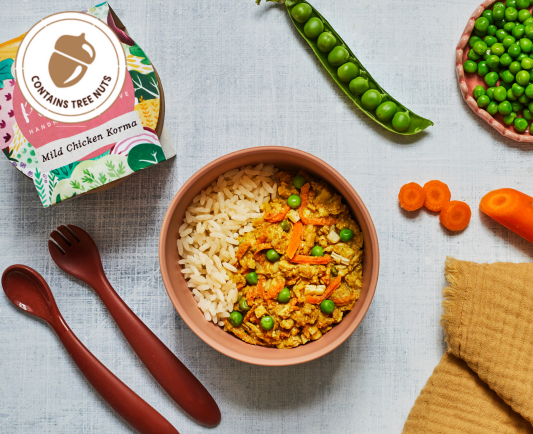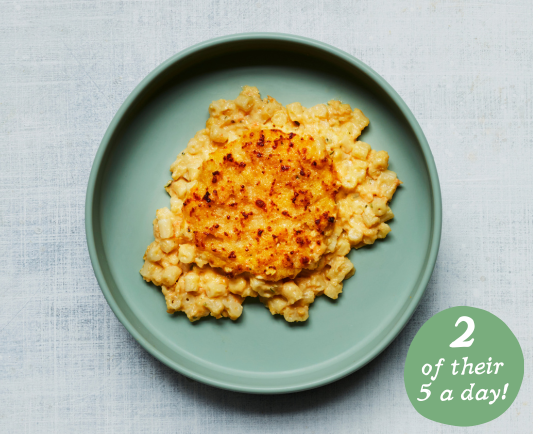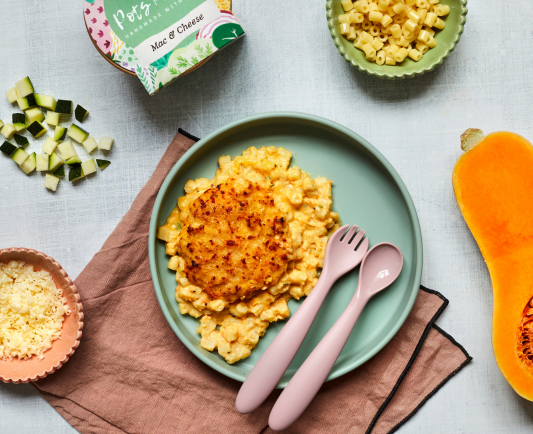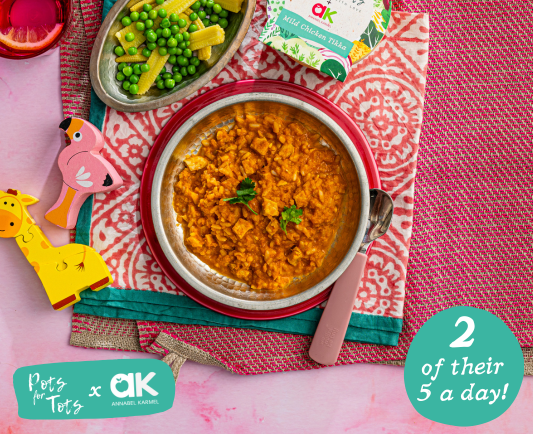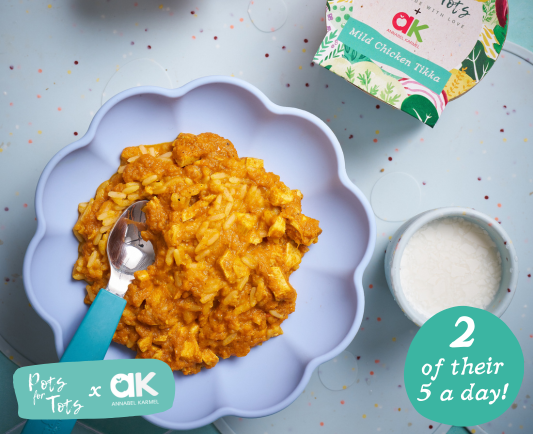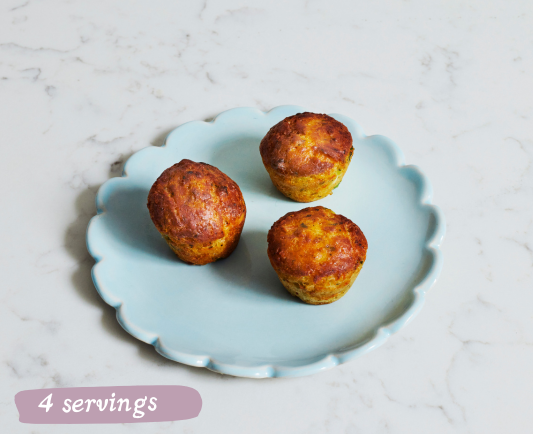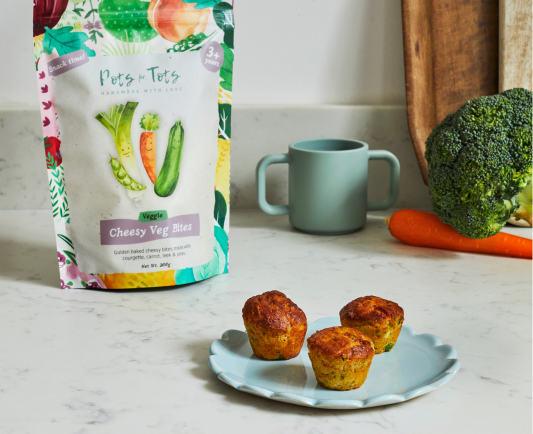Dental health is often overlooked in children and can easily be neglected until a looming biannual dental appointment. However, children’s dental and oral health is not only essential for maintaining a bright, healthy smile but is also increasingly linked to other facets of well-being. While brushing and dental check-ups are standard, what your child eats can make just as significant a difference. So, to celebrate National Smile Month, in partnership with brush-baby, we wanted to get the tooth truth – and share the best (and worst) foods for kids’ teeth and smiles.

Smile-Friendly Foods: What foods can support teeth and oral health?
Advice around dental health often focuses on foods to avoid, but what about foods that can support tooth and oral health in children? Our Children's Dietitian, Lucy Upton has shared some recommendations for helpful foods, and why they can help keep kids’ teeth strong, gums healthy and cavities at bay!
Dairy
Cheese, milk, and yoghurt are all rich in calcium and phosphate. These nutrients can help strengthen enamel and neutralise acids that affect teeth.
Nuts and seeds
(offered in an age-appropriate form) are not only a low-sugar option, making them great to incorporate into snacks and meals for children, but they are also packed with magnesium and phosphorus, which support enamel health. Certain seeds or seed pastes, such as sesame and tahini, are also excellent sources of calcium.
Crunchy fruits and vegetables
Apples, carrots, and celery are almost like nature’s toothbrushes. Not only are they great for getting children’s jaws working, but they also stimulate saliva, which can help neutralise and remove harmful acids from teeth.
Leafy greens
While not always children’s favourites (if we are honest), contain calcium and folate, both of which support tooth and gum health. Try adding spinach to smoothies or blending it into pasta sauce, or crisping kale in the oven or air fryer.
Water
Whilst not technically a food, supports children to not only stay hydrated, but also helps wash away food particles and keeps saliva flowing.

Sugary, Sticky, Sipped or Snacky: Foods that can harm young teeth
With rates of dental decay and tooth extractions in children at rocketing levels, understanding foods that can harm teeth and cause decay is more important than ever. Many will seem obvious, but there are some sneaky foods or habits that many parents are not aware of when it comes to oral health.
Sweet foods
Most parents are aware that high-sugar foods pose a significant risk for tooth decay. These include sweets, chocolate, icing and cake – but can also include foods which have added sugars like cereals, yoghurts or contain highly concentrated amounts of natural sugars – such as fruit roll-ups, and even dried fruit. Many of these foods are also sticky, meaning they tend to hang around longer in the mouth, on teeth and gums, feeding bacteria that can cause harm.
Sugary drinks
These area big culprit for excess sugar intake and dental decay. These include flavoured waters, sugar-sweetened squash, milkshakes, sports drinks, fizzy drinks and even fruit juices and smoothies. Whilst the latter two offer additional benefits in terms of nutrition, it is recommended they are limited to 100- 150ml portions, once a day with food or in younger children diluted with 1 part juice and 10 parts water.
Snacking and sipping
Another significant risk factor for young teeth is the frequency of exposure to sugars and food components that can affect teeth. Grazing, regular snacking, and sipping on foods that pose a greater risk of tooth decay increase the likelihood of decay, compared to consuming a portion of something with a meal.
Tooth Tips: Healthy Eating Habits for Happy Smiles
With the above in mind, here are our top tips on how to build smile-friendly habits into your child’s day
- Limit sugary foods or drinks to mealtimes, when saliva flow is higher and better able to neutralise acids.
- Prioritise water or milk as the main drinks for young children
- Explore balanced snacks, including cheese, vegetables, nuts, and seeds (as butter or well-milled) alongside other options. For foods with added sugars, try to choose those lower in sugar, e.g., < 5 g/100 g.

Teething troubles - struggling to get your little one to brush?
brush-baby is here to help! From toothless gums to tiny teeth and beyond, brush-baby has been supporting parents and their little ones through every stage of oral care — from birth up to 10 years of age.
Founded by a mum who understood the real challenges of children’s dental care, brush-baby has spent nearly 20 years creating dentist-approved solutions that make brushing safe, effective, and fun.
With ergonomically designed brushes and specially formulated toothpastes tailored to a child’s age, development, and dexterity, brush-baby takes the stress out of daily brushing. Whether it’s soothing teething gums or building great brushing habits, brush-baby offers everything parents need to give their children the best start in life — one smile at a time.
Here's a few top tips to get you started:
Is your little one resisting brushing their teeth?
Don’t panic! Perseverance is key. As long as you get a little bit of toothpaste in their mouths and let it ‘settle’ in and around the teeth and gums, this is a good start! Let them choose their own toothbrush and toothpaste flavour to gain their ‘buy-in’.
Baby wants to grip the toothbrush whilst you’re toothbrushing?
Try using two toothbrushes – one for them to hold, distracting and then maintaining their attention whilst you use the other one!
How much toothpaste should I use with my little one?
Under 3 years – only a smear is needed, and over 3 years of age – a pea-sized amount is sufficient
Flossing bristles
Did you know that little ones should be flossing as well? As soon as two teeth start to touch, there’s an opportunity for food and milky deposits to get ‘trapped’ in between teeth. If they aren’t cleaned away, they can combine with sugar acids from bacteria and cause dummy breath, and over time may form plaque. Brush-baby offer toothbrushes with bi-level flossing bristles. The short bristles clean the surface of the tooth and the longer tapered bristles get into all the nooks and crannies to remove food debris.
Spit don’t rinse!
Why? Because this extends the time that the active ingredients in the toothpaste are in contact with tooth enamel. Rinsing the mouth with water will wash away the fluoride from the toothpaste, missing out on the valuable opportunity for it to harden the enamel.
Routine is key - brush twice a day!
Routine is key! Setting aside 2 minutes in the morning and evening for toothbrushing is key, even if you might not have a successful session every time. Evening sessions may be easier and less stressful when combined with a bathtime routine. Two minutes is the magic number as it ensures that each quadrant of the mouth receives 30 seconds of attention and for the toothbrush bristles to reach all areas of the mouth effectively to remove, food particles, plaque and bacteria. Use a timer to take the guesswork out of how long 2 minutes should be!
Check toothbrush for wear and tear on a monthly basis
If it’s splayed throw it away! If bristles are damaged or worn they lose their effectiveness. Also remember to replace if your little one has had a recent cold.

